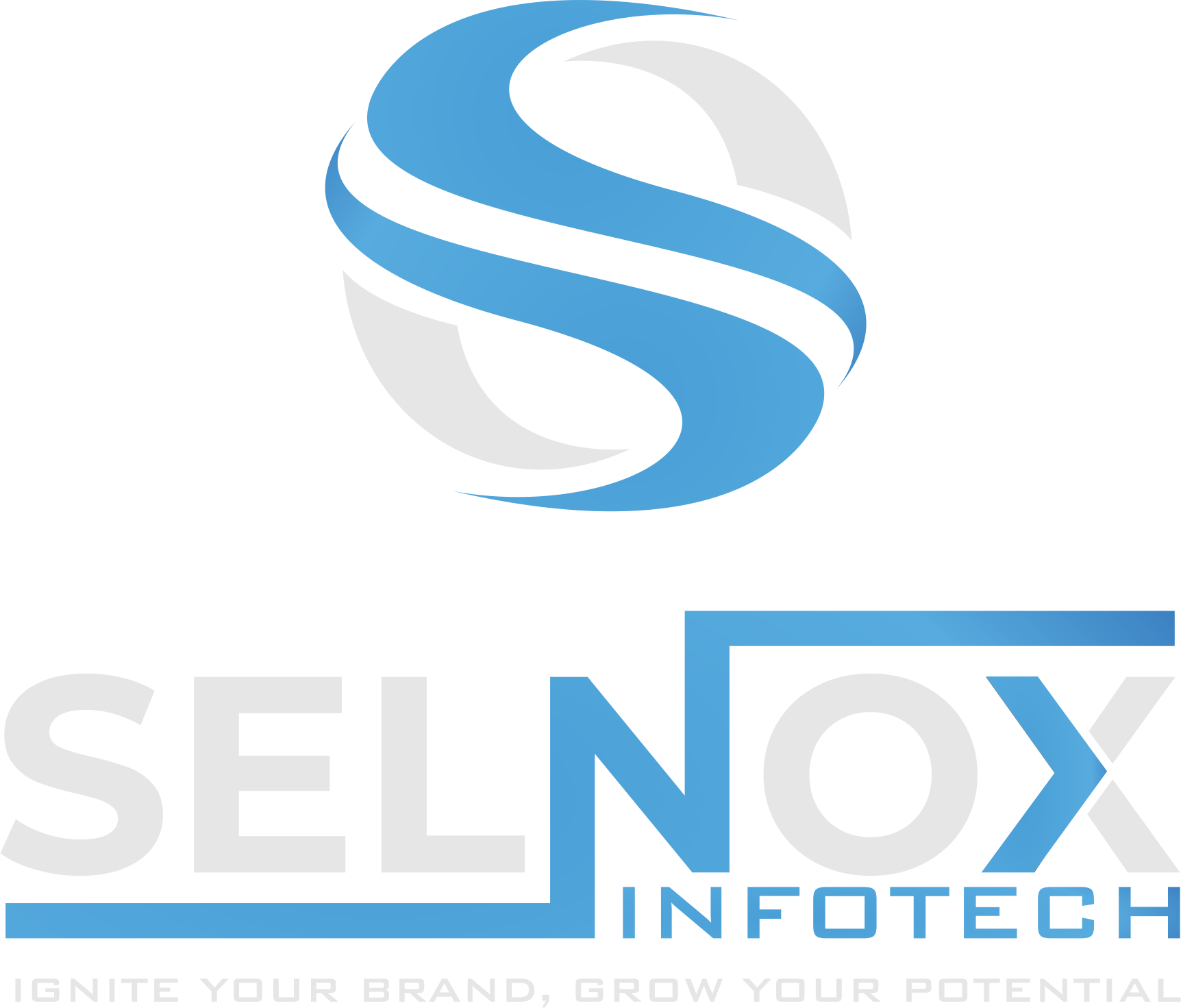How to Create User-Focused Content?- A Guide for Digital Success
How to Create User-Focused Content?- A Guide for Digital Success In the ever-evolving world of digital marketing and content creation, the user should always be at the forefront of your…

